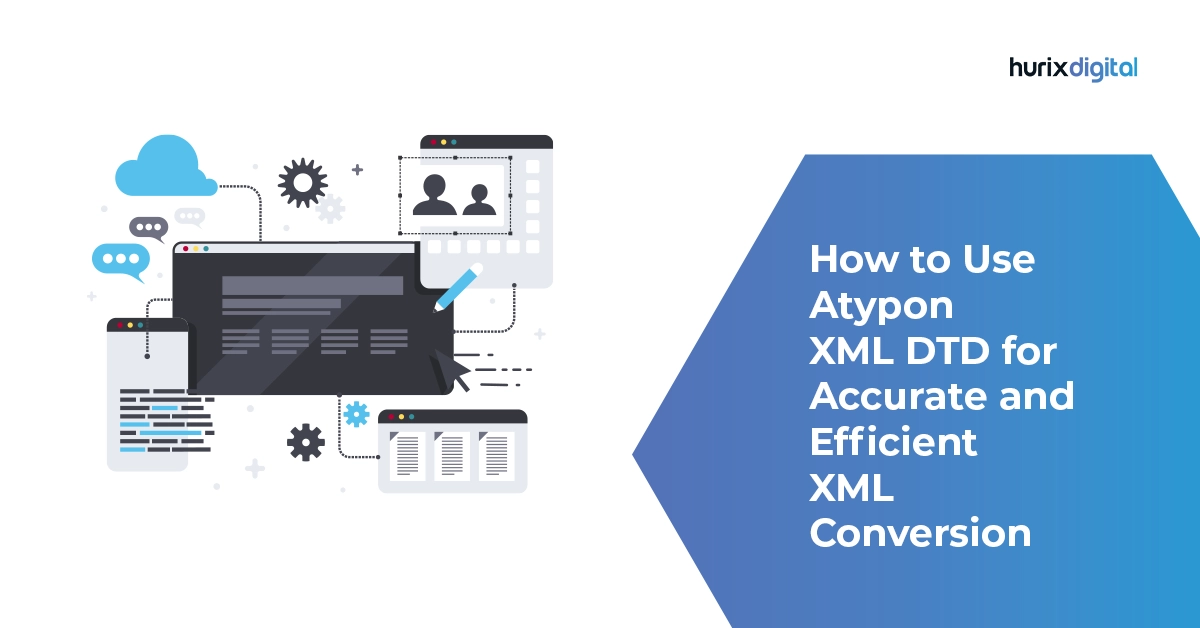
How to Efficiently Convert Data with XML in Data Management?
Summary
Learn about the advantages of XML conversion for data management. This post covers how XML can streamline data processes and improve information handling.
eXtensible Markup Language is a highly adaptable format that helps organize and store data in a hierarchical structure. XML conversion is all about transforming data from various formats into XML.
This means organizations can now enhance Data Management, data storage storage, and data retrieval using XML processing. This conversion ensures data accessibility across different platforms and serves both human-readable and machine-readable formats.
Table of Contents:
- What is XML Conversion?
- Importance of XML Conversions
- Benefits of Using an XML Conversion Tools
- Best Practices for Error-Free XML Conversion
- XML Conversion Techniques to Check Out
- Wrapping Up
What is XML Conversion?
XML conversion is the process of transforming data from one format to another. This conversion helps you make the most of the new features effectively.
Common document conversions include transforming PDF or word processor files into XML/HTML. XML is well-equipped with a platform-independent nature, which offers scalability and validation capabilities.
XML Conversion can be used for:
- Data Exchange between different systems and platforms.
- Configuration of various applications
- Web Services for data formatting among diverse systems.
Importance of XML Conversions
XML conversion transforms unstructured documents into structured formats. This makes data reusable and guarantees high-quality, error-free outputs. Such results are suitable for fast-time publishing on various digital platforms.
Educational organizations, publishers, businesses, and government entities use XML conversion to retrieve effective data. An XML conversion resource optimizes the readability and structure of XML documents and ensures data integration and management.
XML conversion is essential for several reasons:
- Structured Data: XML (eXtensible Markup Language) provides a structured format that organizes data into a hierarchical order with tags, making it easier to store, retrieve, and manipulate data.
- Interoperability: XML’s standardized format allows different systems and platforms to exchange and interpret data consistently. This interoperability is crucial for seamless integration across various applications and environments.
- Data Reusability: By converting documents into XML, you enable the reuse of content across different contexts and applications. This can streamline workflows and reduce redundancy.
- Content Management: XML facilitates effective content management by separating content from presentation. This separation makes it easier to update and repurpose content without affecting its underlying structure.
Benefits of Using an XML Conversion Tools
Utilizing an XML Processing resource is critical for optimizing XML document management.
Here’s why:
1. Readability and Indentation
Proper indentation and data formatting make XML documents more intuitive, which facilitates quick understanding and modifications by developers. This eventually enhances workflow efficiency.
2. Error Detection
XML conversion tools help detect errors and protect against data corruption by identifying discrepancies that could affect document validity and functionality.
3. Document Encoding Support
A comprehensive XML format supports various document encoding standards. This encourages accurate representation across different systems and regions while preserving the original intent and meaning of the data.
4. Diligent Data Migration
When migrating data, especially during centralization efforts, it’s crucial to avoid pitfalls that can compromise data integrity:
- Truncation: Ensuring complete content transfer to avoid missing crucial details.
- Distortion: Preventing faulty parsing or document encoding that could misrepresent data.
- Inaccessibility: Addressing issues that might render data unretrievable due to changes in archival or ownership.
Also Read: Unleashing the Power of XML Conversion in Data Management
Best Practices for Error-Free XML Conversion
Here are some best practices you can follow to ensure efficient and error-free XML conversion:
1. Analyze Your Data Sources
Analyze the source and target data structures thoroughly. Create a mapping document to ensure all relevant information is included during the document conversion. This will help you ensure accurate mapping and prevent data loss or misinterpretation during conversion.
2. Validate XML Against Schemas
Use XML validation tools to check the correctness of your XML documents against specified schemas or DTDs (Document Type Definitions). This helps in identifying and fixing structural errors early in the process.
3. Normalize and Cleanse Your Data
Normalize data to remove redundancies and inconsistencies and maintain uniformity across the XML dataset. Cleanse data to rectify errors and enhance data quality.
4. Handle Document Encoding and Character Sets
Ensure compatibility of document encoding and character sets to prevent data corruption. Use Unicode encoding for broad language support and seamless transmission of special characters.
5. Use Effective XML Parsing Techniques
Use reliable parsing techniques to accurately extract data from source files. Serialize data into XML format using robust tools, adhering to XML standards and specifications.
6. Implement Robust Error Handling
Implement robust error-handling mechanisms to capture and address conversion errors. Log detailed error messages for effective troubleshooting and accountability.
7. Conduct Thorough Testing and Validation
Conduct comprehensive testing to validate the integrity and accuracy of the converted XML data. Compare source and target datasets to identify discrepancies and conduct regression testing to ensure system functionality post-migration.
XML Conversion Techniques to Check Out
To streamline XML conversion and enhance efficiency, various techniques can be employed:
1. eXtensible Stylesheet Language Transformation
XSLT is used to transform XML documents into different formats. It is particularly useful for complex data transformations and batch processing.
2. XML Parser Libraries
Libraries like SAX (Simple API for XML) and DOM (Document Object Model) facilitate parsing and manipulating XML documents programmatically. This offers powerful features for efficient XML data handling.
3. XML Conversion Tools
Specialized tools automate the document conversion process and offer advanced functionalities. Choose tools that align with your specific conversion needs and scalability requirements.
Also Read: Top 8 Compelling Reasons That Make XML Conversion Services Cost-Efficient
Wrapping Up
XML conversion is crucial in modern Data Management. It enhances data accessibility, integration, and efficiency. By adopting XML conversion and utilizing tools like Hurix Digital, businesses can unlock new opportunities for data-driven insights.
Using a data formatter is a best practice in Data management because it improves readability, detects errors, and enhances data integration. Select the right XML conversion tools and resources to boost productivity and data quality. As XML remains central to data exchange and web services, managing XML documents is vital.
At Hurix Digital, we provide comprehensive Data Management solutions, including XML conversion services. We use cutting-edge technologies and best practices to help you explore the full potential of your data assets.
Get in touch with us today!

Vice President – Digital Content Transformation. He is PMP, CSM, and CPACC certified and has 20+ years of experience in Project Management, Delivery Management, and managing the Offshore Development Centre (ODC).






